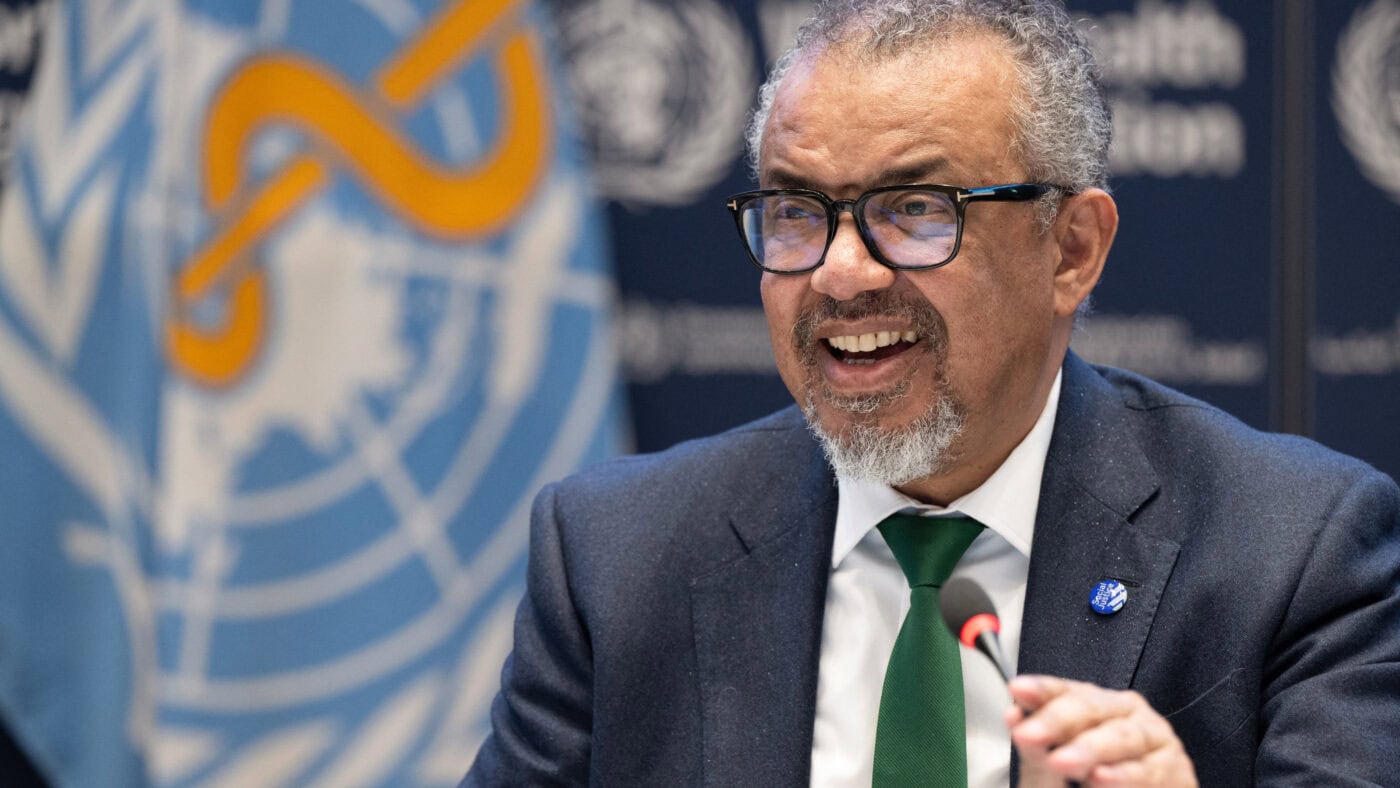On May 13, in what was meant to be a curtain-raiser for World No Tobacco Day, the World Health Organisation (WHO) hosted a webinar entitled ‘Exposing Lies, Protecting Lives: Unmask the Appeal of Tobacco and Nicotine Products’. What it actually unmasked was how committed the WHO remains to conflating science with ideology, and to undermining the critical tools that could finally make a No Tobacco Day possible.
The speakers, presented as so-called global health experts, delivered a strange mix of moral panic, half-truths and outright misinformation. The most glaring theme was a stubborn refusal to distinguish between combustible tobacco – which kills 8 million people a year – and significantly safer alternatives like vapes, snus, nicotine pouches and heated tobacco, which actually save lives.
The most jaw-dropping moment came from WHO Director-General Dr Tedros Adhanom Ghebreyesus, who claimed in his introductory speech that reduced-risk products like vapes ’cause disease and death’. A statement not just misleading, but provably false. There is no evidence of a single death caused by regulated nicotine vaping products anywhere in the world. The same is true for nicotine pouches, heated tobacco and snus. It is unconscionable that an organisation tasked with global public health would peddle such misinformation while claiming to ‘protect lives’.
Yet, from the first speaker to the last, this kind of distortion was the norm. The phrase ‘can cause’ echoed throughout the webinar like a magic spell, implying risk without evidence, and conveniently sidestepping the reality that millions of smokers have switched away from deadly cigarettes precisely because of these alternatives.
For example, Yale University’s Dr Suchitra Krishnan-Sarin claimed that vapes cause ‘popcorn lung’. This myth has been repeatedly debunked by a host of reputable organisations, including Cancer Research UK, the NHS, and Health Canada. It’s astonishing that the WHO, an organisation that should be combating health misinformation, is actively spreading it.
When not inventing health scares, the webinar defaulted to anti-flavour hysteria. Dr Krishnan-Sarin declared that flavours are a ‘marketing tactic’ to attract youth and can ‘increase addictiveness’. She also claimed flavours might ‘make people go back to smoking’. That’s an odd claim, since flavours are likely to be one of the main reasons people switch away from smoking in the first place.
Carrying on with the fact-free theme, Brazil’s Stefania Schimaneski Piras warned that vaping ‘will reverse the downward trend in smoking rates in Brazil’, implying a so-called ‘gateway’ from nicotine to cigarettes. But this myth has also been repeatedly debunked. In reality, smoking rates in countries where reduced-risk products are allowed – such as Japan, Norway, Sweden and UK – have dropped far faster than in countries where they are banned or over-regulated.
Astonishingly, Finland’s Reetta Honkanen incorrectly stated that nicotine pouches ‘pose serious health risks’ and should be banned outright. Honkanen then accused the nicotine industry of ‘misinformation campaigns’. A bold claim, considering the WHO’s own webinar was riddled with deliberate disinformation. The WHO’s social media content on nicotine is so frequently inaccurate that it’s routinely flagged with community notes, X’s fact-checking system. If the WHO was a YouTuber, it would have been demonetised for spreading myths by now.
South African, Dr Ghazi Zaatari, followed the procession of falsehoods with one of his own. He claimed that people wrongly consider that smoke-free nicotine products are ‘cleaner, safer and less harmful’ than combustible tobacco. Yet it is an undeniable fact that they are.
And then came the finale, where WHO’s Dr Vinayak Prasad instructed governments to ban all flavours, a strategy that seems designed to keep smoking rates high by stripping away the very features that make reduced-risk products appealing to adults.
The most surreal aspect of all this is that by banning, restricting and misrepresenting safer nicotine alternatives, the WHO and compliant governments are handing the entire nicotine market straight back to Big Tobacco. Independent vape shops, small manufacturers, and innovative harm reduction products are being regulated out of existence, while cigarette sales continue to tick along nicely. It is a dystopian type of ‘tobacco control’ that works to protect the most dangerous product by placing damaging restrictions on the ones that are orders of magnitude less harmful.
If the WHO really wants to unmask lies and protect lives, it should start by looking in the mirror. It is abhorrent behavior to stand in the way of the very tools that can consign smoking to history. The biggest obstacle to World No Tobacco Day isn’t industry spin. It’s the WHO and public health leaders who refuse to tell the truth.
Click here to subscribe to our daily briefing – the best pieces from CapX and across the web.
CapX depends on the generosity of its readers. If you value what we do, please consider making a donation.


